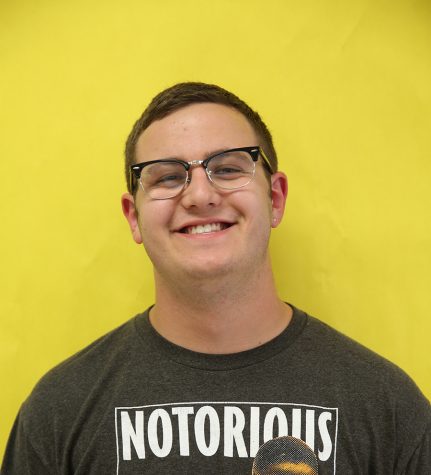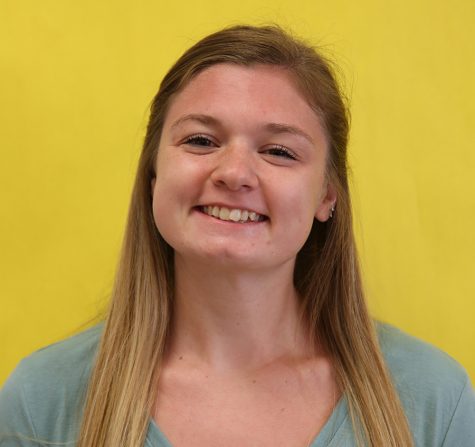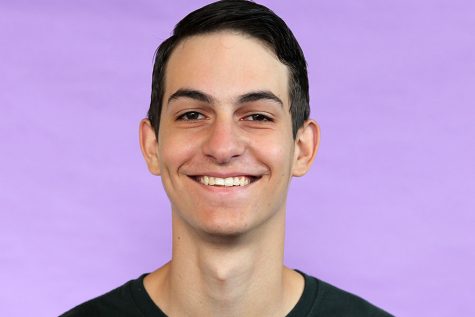A breath of fresh air
New course offers both math and CTE credit by combining geometry and construction
Academics
It is 11:35 a.m in a white-walled minimalist Geometry classroom. Teenage brains work to process the concept of SOHCAHTOA (sine equals opposite over hypotenuse, cosine equals adjacent over hypotenuse, tangent equals opposite over adjacent.) The complex function takes weeks–for some, months–to comprehend.
But a new course trades in pencil and paper for hammer and nails as Geometry in Construction progresses into its first RSD semester of its first year, joining over 400 other schools who have added the program, according to Scott Burke, creator of the program and Contextual Learning Concepts co-founder.
A study by Purdue University found that students gather and retain information much better when using hands-on learning, particularly with engineering and technology. Students also seem to get a boost in interest when they are not sitting at a desk all day.
“Geometry in Construction is fun,” Kiley Race (10) said. “You get to be creative with math instead of sitting in a classroom all day.”
The class is co-taught by a math teacher and a construction teacher. Michael Hanna and David Luecke share teaching responsibilities. The class is really two that meet back to back, giving the instructors the flexibility to allocate time as they see fit.
“The class defines principles for both classes together to help with student understanding,” David Luecke, industrial technology, said.
By putting the two classes together, students are able to apply what they learn in math using hands-on construction projects.
RSD is offering the course in two of the four high schools. Thirty students, both 9th and 10th graders, are enrolled in Geometry in Construction at EHS. Twenty-eight are enrolled at Rockwood Summit. Marquette and Lafayette are not offering the course this year.
Students enrolled in Geometry in Construction are able to earn both a math credit and a CTE (Career Technical Education) credit simultaneously.
“I wanted to do some sort of workshop class,” Devin Schneider (10) said. “It worked out that I could do a math class with it.”
Geometry in Construction allows students to see what they are learning rather than write it down. It creates a new level of understanding for the students, as well as a greater interest in the subject. A study from UChicago-led found ”Brain scans showed that students who took a hands-on approach to learning had activation in sensory and motor-related parts of the brain when they later thought about concepts such as angular momentum and torque.”
This class allows students to hear information and then apply it to hands-on construction activities,allowing for them to draw the connection.
“It’s fun,” Brendon Brotherton (10) said. “It’s more interactive.”
Recent activities of the class have ranged from practicing woodwork to using a floor-plan to teach geometry concepts.
“Our traditional way of teaching math teaches kids that it’s all about work. It’s all about repetition. It’s all about wracking your brain and frustrating yourself. It doesn’t look like fun,” Eric Knost, Rockwood Superintendent said. “Geometry in Construction puts that fun and excitement back into learning.”
Geometry in Construction is a two-semester class that leads up to one big project at the end of the school year.
Starting in mid-October, the class will build a fourteen by twenty-six foot tiny home. The house will be complete by May, then transported to a homeless shelter in North St. Louis. It will be built outside on the back lot by the gym entrance.
Just like in the popular HGTV show, ‘Tiny House, Big Living,’ students will get the opportunity to build a tiny house. Students will get to apply their math skills and see the impact they can have in the real world.
Students enrolled in this class have the opportunity to learn skills that they can use beyond the school doors.
Not only are students gaining credits and knowledge, but they are also helping out those in need.
Knost plans to introduce more classes with hands-on learning and real-world experience, he said.
“Anything and everything that allows students to learn by doing is the vision I have for the future of education,” Knost said.
At the end of the day, Geometry in Construction is a class that exchanges the routine classroom experience for a real-world experience.
“It’s easier, and you don’t just have to sit in a classroom all day doing pencil and paper work,” Race said. “You actually get to do hands-on activities.”
Your donation will support the student journalists of Eureka High School - MO. Your contribution will allow us to purchase equipment and cover our annual website hosting costs.

This is Ethan's seventh semester on the News Production staff. In his free time, he enjoys taking photos, going to concerts and hanging out with his friends....

This is Taylor's third semester on the News Production staff. In her free time, Taylor enjoys hanging out with friends and family, taking photos and running....

Warner is a video producer for EHS-Hub Broadcast News. This is his second semester on staff. His hobbies include being an entrepreneur and a car enthusiast....














